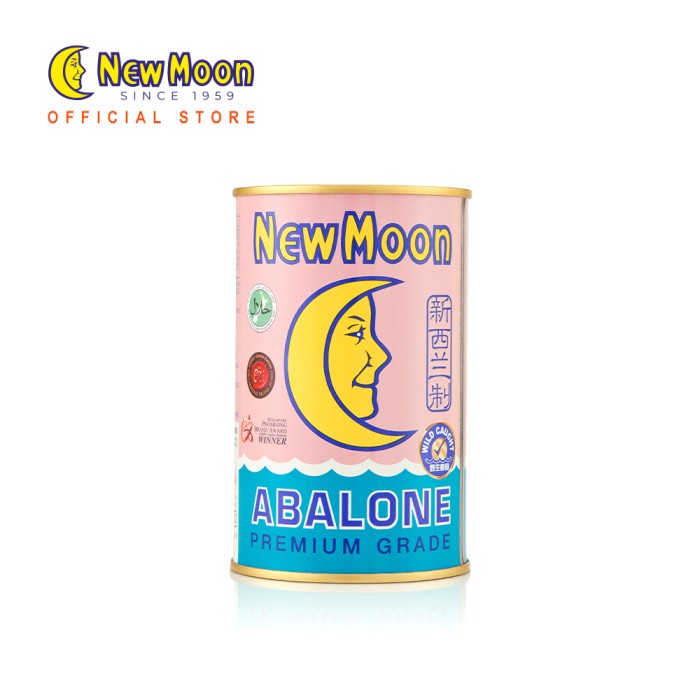The Ocean’s Delicacy: Exploring the Wonders of New Zealand Abalone

Nestled in the pristine waters surrounding New Zealand, a hidden treasure awaits – the New Zealand abalone. Renowned for its exquisite taste and unparalleled nutritional benefits, this marine mollusk has become a symbol of culinary excellence and sustainable harvesting practices. In this blog post, we will delve into the depths of the ocean to explore the world of New Zealand abalone, from its fascinating biology to its journey from sea to plate.
The Natural Habitat of New Zealand Abalone:
New Zealand, with its stunning landscapes and diverse ecosystems, provides an ideal environment for the growth and cultivation of abalone. The rocky coastal areas and clear waters create the perfect habitat for these marine gastropods, allowing them to thrive in the wild. The intertidal zones and underwater caves along the New Zealand coastline offer shelter and abundant food sources for the abalone, contributing to their robust growth and development.
Harvesting Practices and Sustainability:
The harvesting of New Zealand abalone is a delicate process that requires careful consideration of environmental impact. Recognizing the importance of preserving this natural resource, New Zealand has implemented strict regulations and sustainable practices to ensure the long-term viability of abalone populations.
Licensed divers, adhering to quotas and size limits, handpick abalones from their rocky abodes. This method not only minimizes the ecological footprint but also guarantees the highest quality of abalone for consumers. The commitment to sustainability in New Zealand’s abalone industry reflects a harmonious balance between human consumption and environmental preservation.
Nutritional Riches of New Zealand Abalone:
Beyond its culinary appeal, New Zealand abalone is celebrated for its nutritional richness. Packed with essential nutrients such as protein, omega-3 fatty acids, and various vitamins and minerals, abalone is a wholesome addition to a balanced diet. Its low-fat content and high protein concentration make it a preferred choice for health-conscious individuals seeking a nutritious alternative to other protein sources.
The Unique Flavor Profile:
One of the defining features of New Zealand abalone is its distinct and succulent flavor. The meat, when expertly prepared, offers a delicate balance of sweetness and umami, making it a sought-after delicacy in gourmet cuisine. Whether enjoyed sashimi-style, grilled, or incorporated into intricate dishes, the abalone’s flavor profile captures the essence of the pristine New Zealand waters.
Culinary Adventures with New Zealand Abalone:
The versatility of New Zealand abalone in the kitchen has led to a myriad of culinary creations that showcase its unique taste and texture. From traditional Asian dishes like abalone congee to modern Western preparations such as abalone ceviche, chefs around the world have embraced the challenge of elevating this oceanic gem to new heights.
In New Zealand itself, top-tier restaurants take pride in featuring abalone on their menus, offering patrons an opportunity to savor the best of local produce. The artful combination of New Zealand abalone with indigenous ingredients creates a culinary experience that reflects the country’s commitment to both tradition and innovation.
A Cultural Symbol:
In Maori culture, the abalone, known as “paua,” holds cultural significance beyond its culinary value. The striking iridescence of the abalone shell is often used in traditional Maori art and jewelry, symbolizing the interconnectedness of nature, spirituality, and daily life. The Maori people regard the abalone as a taonga (treasure), emphasizing its importance in both culinary and cultural contexts.
Challenges and Conservation Efforts:
Despite its popularity, the New Zealand abalone faces challenges, including the threat of illegal harvesting and fluctuations in natural conditions. Conservation efforts are underway to protect and sustain abalone populations, including initiatives to enhance natural habitats, enforce regulations, and promote responsible harvesting practices.
The Future of New Zealand Abalone:
As New Zealand continues to be recognized for its commitment to sustainable practices and environmental stewardship, the future of the abalone industry looks promising. Ongoing research and conservation efforts aim to strike a balance between meeting global demand and preserving the delicate marine ecosystems that support abalone growth.
Conclusion:
The journey through the world of New Zealand abalone unveils a story of culinary excellence, cultural significance, and environmental responsibility. From the depths of the ocean to the gourmet tables of fine dining establishments, the New Zealand abalone embodies the essence of sustainable luxury. As the world increasingly values responsible consumption, the New Zealand abalone stands as a shining example of how culinary indulgence can coexist harmoniously with environmental preservation, creating a legacy that transcends generations.







